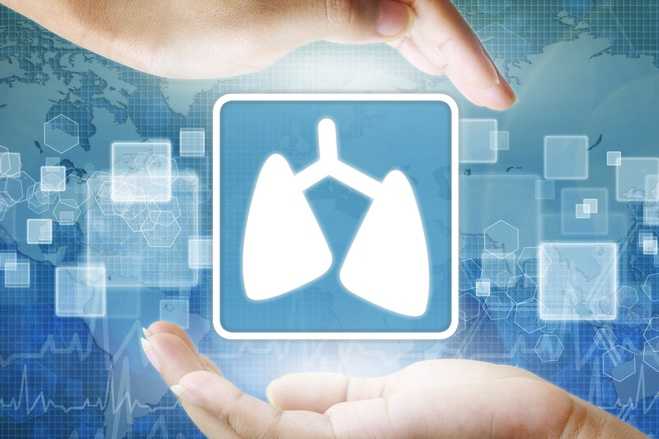LUNG-SAFE: Global recognition & treatment of ARDS

ARTICLE REVIEW (JAMA – Feb 23, 2016)
Background
ARDS is a common pathology seen in intensive care units globally, with associated significant mortality and even long-term morbidity. Several clinical interventions that have resulted in a decrease in ARDS mortality have been identified in the past 15 years. In addition to this, ARDS has recently been re-defined [1].
Objective
The Large observational study to UNderstand the Global impact of Severe Acute respiratory FailurE (LUNG-SAFE) study [2] is the first large multicentre observational study to
1). Evaluate the epidemiology of ARDS
2). Recognition and management of ARDS
3). Demonstrate the mortality of ARDS patients as stratified by the Berlin Definition of ARDS
Method
The LUNG-SAFE study was an international, prospective cohort study of patients undergoing invasive or noninvasive ventilation, conducted by the ESICM Trials Group during four consecutive weeks in the winter of 2014 in a convenience sample of 459 ICUs from 50 countries across 5 continents. Data were collected regarding each component of the Berlin Definition in all ventilated hypoxemic patients, which allowed identification of patients with ARDS from the “raw” data. Clinician diagnosis of ARDS was based on the diagnosis being made known to the site investigators or reported in the patient chart.
Results
(1). All ARDS patients
Of 29,144 patients admitted, 3,022 (10.4%) fulfilled ARDS criteria. The proportion of mild, moderate and severe ARDS was 30.0%, 46.6% and 23.4%, respectively. Severity of ARDS worsened in 356 (19.6%) patients with mild or moderate ARDS.
Ventilator management differed among the ARDS severity groups, while the use of adjunctive measures increased, and mortality was higher, with greater ARDS severity. The decrease in tidal volume and increase in PEEP, from mild to moderate to severe ARDS was clinically modest, though statistically significant. Over one third of all patients with ARDS received a tidal volume of >8 mL/kg PBW. Less than 3% of patients received a tidal volume of >8 mL/kg and had a plateau pressure of > 30 cm H2O.
The use of adjunctive treatments in patients with ARDS on Day 1 or 2 was relatively low, but increased with ARDS severity. Continuous neuromuscular blocking agents, high dose steroids and recruitment maneuvers were the most frequently used adjuncts.
(2). Physician recognised ARDS
The treating clinician identified 60.2% of all patients with ARDS. Higher nurse-to-patient ratios, higher physician-to-patient ratios, younger patient age and a lower PaO2/FiO2 ratio and the presence of pneumonia or pancreatitis, were factors independently associated with higher probability of clinician recognition.
After adjusting for confounding variables, there was no statistically significant association between clinician-recognised ARDS and tidal volumes or plateau pressure recording, or plateau pressure. Clinician recognition of ARDS was associated with the use of higher levels of PEEP, and greater use of prone positioning and neuromuscular blockade.
Outcomes
Overall, unadjusted ICU and hospital mortality from ARDS were 35.3% and 40.0% respectively. Both ICU and hospital survival decreased with increased ARDS severity. There was a direct relationship between both plateau and driving pressure quintile and mortality rate. It is not stated if there was any difference in mortality between patients in whom ARDS was/was not recognised by the treating clinician.
Limitations
The authors acknowledge that not all patients with ARDS in participating centers were enrolled. ICU clinicians may have known that the patient had ARDS, but this was not made known to the site investigators or reported in the patient chart.
Patients ventilated on NIV were excluded from the analyses pertaining to severity, ventilator management or outcome. Furthermore, there was no data concerning the use of conservative fluid strategy. Data was collected till day 28, and patients discharged from the hospital before day 28 were assumed alive at this time point.
Conclusion
ARDS remains a significant global challenge in ICUs. The effect of driving pressure on ARDS mortality needs to be evaluated prospectively. Whilst there is reasonable compliance to evidence-based measures to the management of ARDS, there remains scope for improvement. Furthermore, adjunctive treatments in ARDS management have not gained widespread use.
This article review was submitted by Nishkantha Arulkumaran on behalf of the ESICM NEXT Committee.
References
1. Force ADT, Ranieri VM, Rubenfeld GD, et al. Acute respiratory distress syndrome: the Berlin Definition. JAMA. Jun 20 2012;307(23):2526-2533.
2. Bellani et al. Epidemiology, patterns of care, and mortality for patients with acute respiratory distress syndrome in intensive care units in 50 countries. JAMA. February 23, 2016, Vol 315, No. 8.